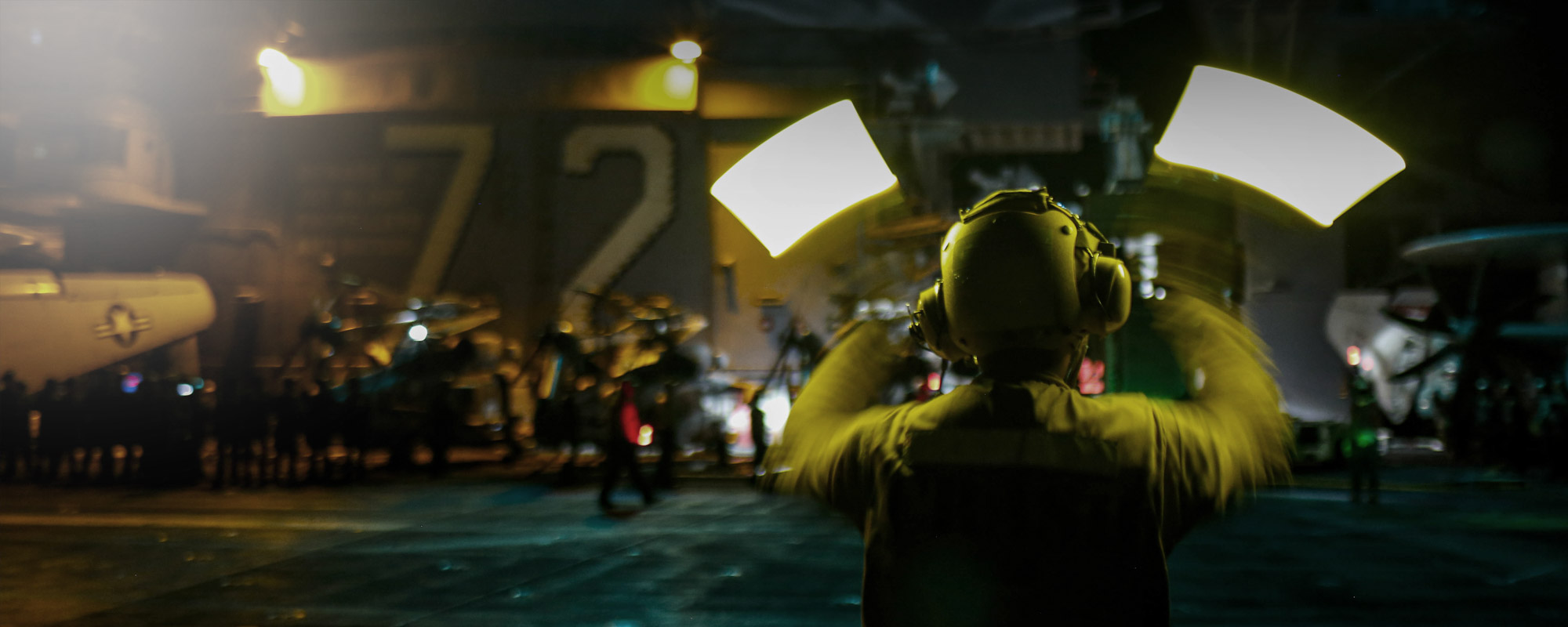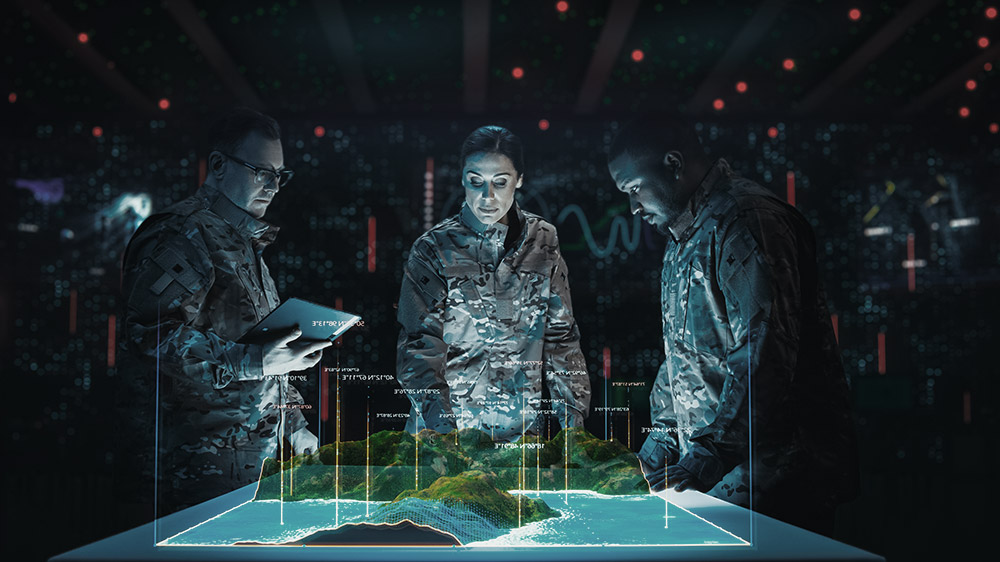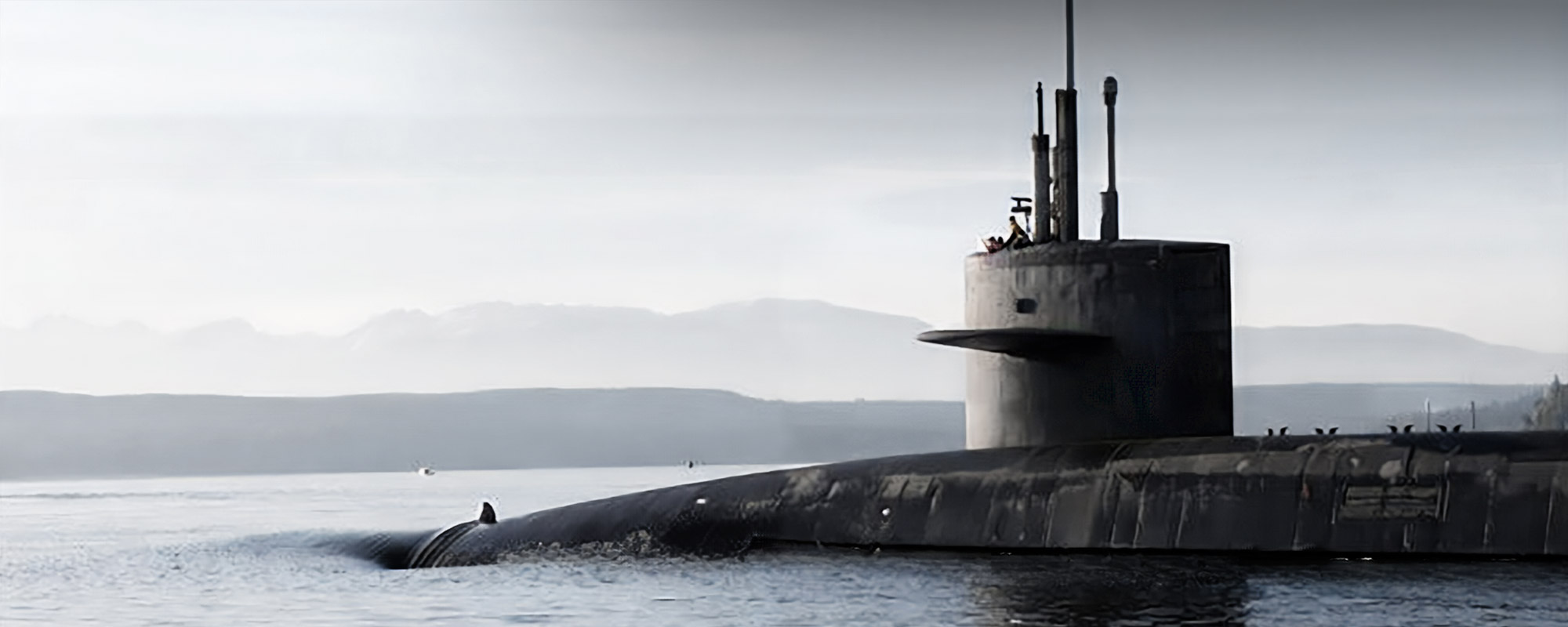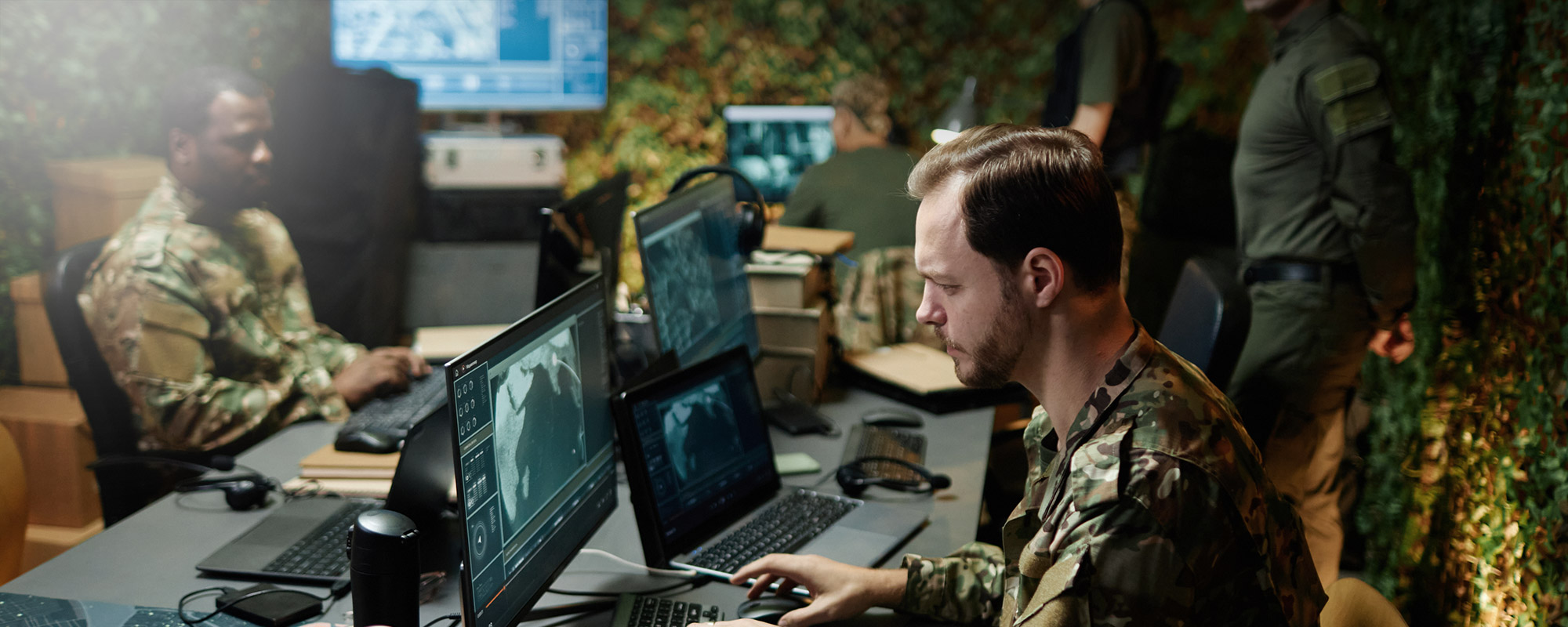
Shaping the Future of Force Design and Structure in an Era of Rapid Technological Change

Author: Staff
- Alexandria, VA | March 26, 2025
In an age where technology evolves at a breakneck pace, military strategies must adapt to maintain relevance and effectiveness. The Marine Corps’ Force Design 2030 (FD2030) initiative represents a bold step forward—not just in acquiring cutting-edge technologies but in creating an integrated, systems-oriented approach to warfare.

These principles of distributed operations, integrated systems, and technological innovation resonate across all branches of the U.S. Armed Forces and allied nations, emphasizing the necessity of collaboration in an increasingly complex and contested world.
In his Marine Corps Gazette article, “Military Force Design in an Age of Accelerating Technologic Change,” Noel Williams, the Fellow for USMC Strategy, Policy, and Force Development at Systems Planning and Analysis, described the FD2030 initiative. FD2030 prioritizes building a cooperative system of systems—one where every element contributes to a unified, operationally superior whole. Here, we will explore how this vision is reshaping military operations and discuss the strategic implications for force structure analysis and scheduling.
A System of Systems: Beyond Individual Capabilities
At the core of FD2030 lies a shift from viewing military assets as standalone capabilities to treating them as integral components of a broader system. This approach encompasses not only weapons but also the people, command and control structures, sensing technologies, logistics, and installations that enable expeditionary operations. Such integration ensures that these components work together seamlessly, creating a robust and adaptive network capable of operating in highly contested environments, particularly across the Indo-Pacific.

This systems-oriented perspective also addresses the evolving nature of warfare. FD2030 envisions a military force that can fluidly shift between offense and defense, driven by command intent rather than physical movement. This agility is made possible through advanced sensing technologies, uncrewed systems, and precision munitions that redefine the geometry of modern battlespaces.
FD2030 emphasizes the importance of force design in empowering smaller, distributed infantry formations to achieve outsized impacts on the battlefield. Historically, large, armored forces relied on interdependent logistics and support systems, creating vulnerabilities in contested environments. By contrast, distributed infantry formations, equipped with organic aviation, electronic warfare capabilities, and loitering munitions, operate with fewer high-signature dependencies, making them more resilient and harder to target.
The ongoing conflict in Ukraine illustrates the vulnerabilities of traditional systems. Complex armored formations have struggled against precision attacks on their logistics deliveries. Meanwhile, smaller, agile units have demonstrated the potential to exploit these weaknesses, providing valuable lessons for future conflicts. FD2030 builds on these insights, ensuring that the Marine Corps can leverage distributed operations to maximum effect.
SPA’s expertise in future force assessment provides a critical foundation for this transformation. By evaluating emerging technologies, potential threats, and evolving operational environments, SPA helps organizations design forces that are optimized for both current and future challenges.
While FD2030 emphasizes the importance of distributed operations and adaptable force design, force structure analysis and scheduling assists in aligning force structure, training and education, force posture, and capabilities with strategic objectives. This approach is critical in adapting the force for relevance in rapidly evolving operational environments.
For instance, as FD2030 integrates loitering munitions and uncrewed systems into force design, effective scheduling ensures their seamless deployment across diverse theaters of operation. All elements of doctrine, organization, training, materiel, leadership and education, personnel, and facilities (DOTMLPF) must be adjusted according to a defined timeline. By aligning these capabilities with mission demands, the Marine Corps not only optimizes their use but also reinforces the adaptability and resilience of distributed operations.
The changing geometry of the battlefield is another key consideration. Defensive positions, once seen as bastions of strength, now risk becoming liabilities in sensor-rich environments. Modern defensive strategies must account for the proliferation of precision-guided munitions and autonomous systems that exploit the fixed nature of fortifications. FD2030 addresses this challenge by emphasizing mobility, dispersion, and the ability to adapt to emerging threats.
FD2030 is not a destination but a dynamic journey. By continuously refining its approach through experimentation and battlefield experience, the Marine Corps ensures that its force design remains relevant and effective. This adaptability is essential in an era where technological change outpaces traditional procurement cycles.
FD2030 represents a bold vision for the future of warfare, prioritizing systems-oriented design. Its principles of distributed operations, integrated systems, and technological innovation offer a model not only for the Marine Corps but for all who seek to adapt and thrive in an era of rapid change. By integrating cutting-edge technologies with innovative tactics, FD2030 redefines what it means to fight and win in the modern era.
This journey will not be without challenges, but by embracing adaptability, innovation, and resilience, the Marine Corps is setting the standard for military force design in the 21st century. These lessons are vital for all members of the U.S. Joint Force and allied nations as we collectively prepare for the contested battlefields of tomorrow.
Related Posts
We invite you to subscribe and stay informed. Never miss an update as we continue providing the rigorous insights and expert analysis you rely upon to protect and advance our national security.




